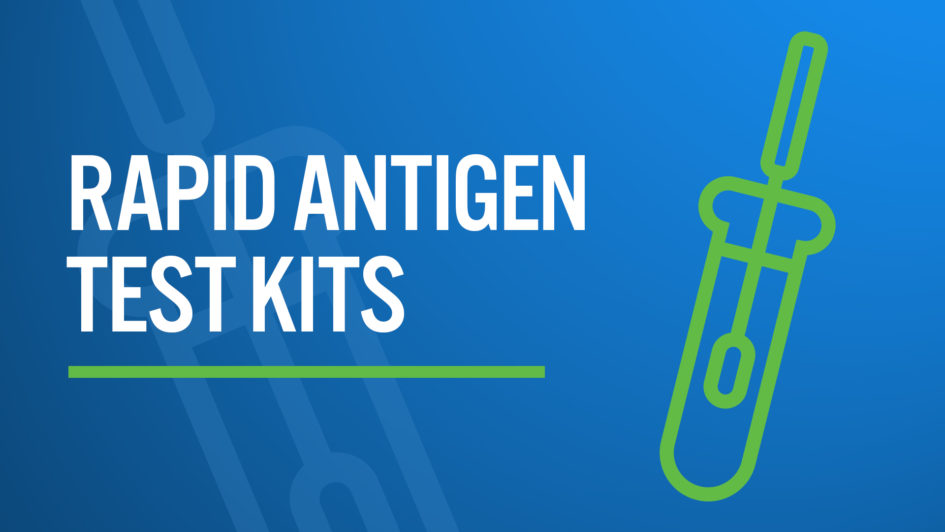
January 20th, 2022
The Ministry of Education, in partnership with the Ministry of Health and Ministry of Government and Consumer Services, is providing publicly funded schools with rapid antigen test kits for symptomatic students that are learning in-person. In-person students will receive one rapid antigen test kit proactively for at-home use if they develop symptoms.
Individuals with symptoms associated with COVID-19 are presumed to have COVID-19 and are advised to self-isolate.
Please note, your child’s participation in this rapid antigen testing is voluntary.
When to Use a Take-home Rapid Antigen Testing (RAT) Kit:
- For individuals choosing to participate in this testing option, they must display symptoms commonly associated with COVID-19. This includes:
- Fever and/or chills; OR
- Cough or barking cough (croup); OR
- Shortness of breath; OR
- Decrease or loss of taste or smell; OR
- Two or more of:
- muscle aches/joint pain
- extreme tiredness
- sore throat
- runny or stuffy/congested nose
- headache
- nausea, vomiting and/or diarrhea
- Symptomatic students must complete the rapid antigen tests at home.
- If the first RAT is positive, there is no need to use the second test. A positive RAT is highly indicative that the individual has COVID-19. A positive RAT does NOT need to be confirmed with a PCR test. Positive RATs do NOT need to be reported to the public health unit, school or child care.
- If the first RAT is negative, complete the second test separated by 24-48 hours.
Using the Take-home Rapid Antigen Testing (RAT) Kit:
- There are 3 different varieties of rapid antigen tests that are being distributed by the province. Please see the links below for instructions on how to use each variety:
- Trimedic FaStep®: https://www.ontariohealth.ca/sites/ontariohealth/files/2022-01/Trimedic%20Self%20Screening%20Instructions.pdf
- BTXN Rapid Response™: https://www.ontariohealth.ca/sites/ontariohealth/files/2022-01/BTNXSelfScreeningInstructions.pdf
- SD Biosensor: https://www.ontariohealth.ca/sites/ontariohealth/files/2021-12/SDBiosensorSelfScreeningInstructions.pdf
What to do after your test:
- If the individual who tests positive is fully vaccinated or 11 years of age or younger, they must self-isolate for 5 days from symptom onset and until their symptoms have been improving for 24 hours (or 48 hours if symptoms include nausea, vomiting and/or diarrhea).
- If the individual who tests positive is 12 years of age or older and is either partially vaccinated or unvaccinated, they must self-isolate for 10 days from symptom onset and until their symptoms have been improving for 24 hours (or 48 hours if symptoms include nausea, vomiting and/or diarrhea).
- If the individual who tests positive is immunocompromised (regardless of age and vaccination status), they must self-isolate for 10 days from symptom onset and until their symptoms have been improving for 24 hours (or 48 hours if symptoms include nausea, vomiting and/or diarrhea).
- If the first rapid antigen test is negative, complete the second test within 24-48 hours of the first test. If both are negative, the symptomatic individual is less likely to have COVID-19 and the individual should isolate until symptoms are improving for at least 24 hours (or 48 hours if symptoms include nausea, vomiting and/or diarrhea).

Categories: COVID-19 Tags: COVID-19 · COVID-19 testing · January 2022 · rapid antigen testing


